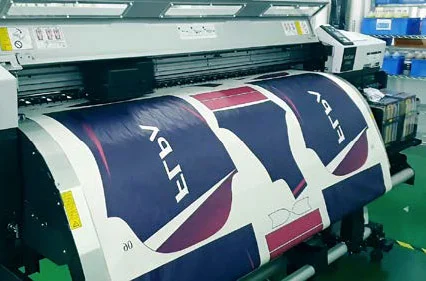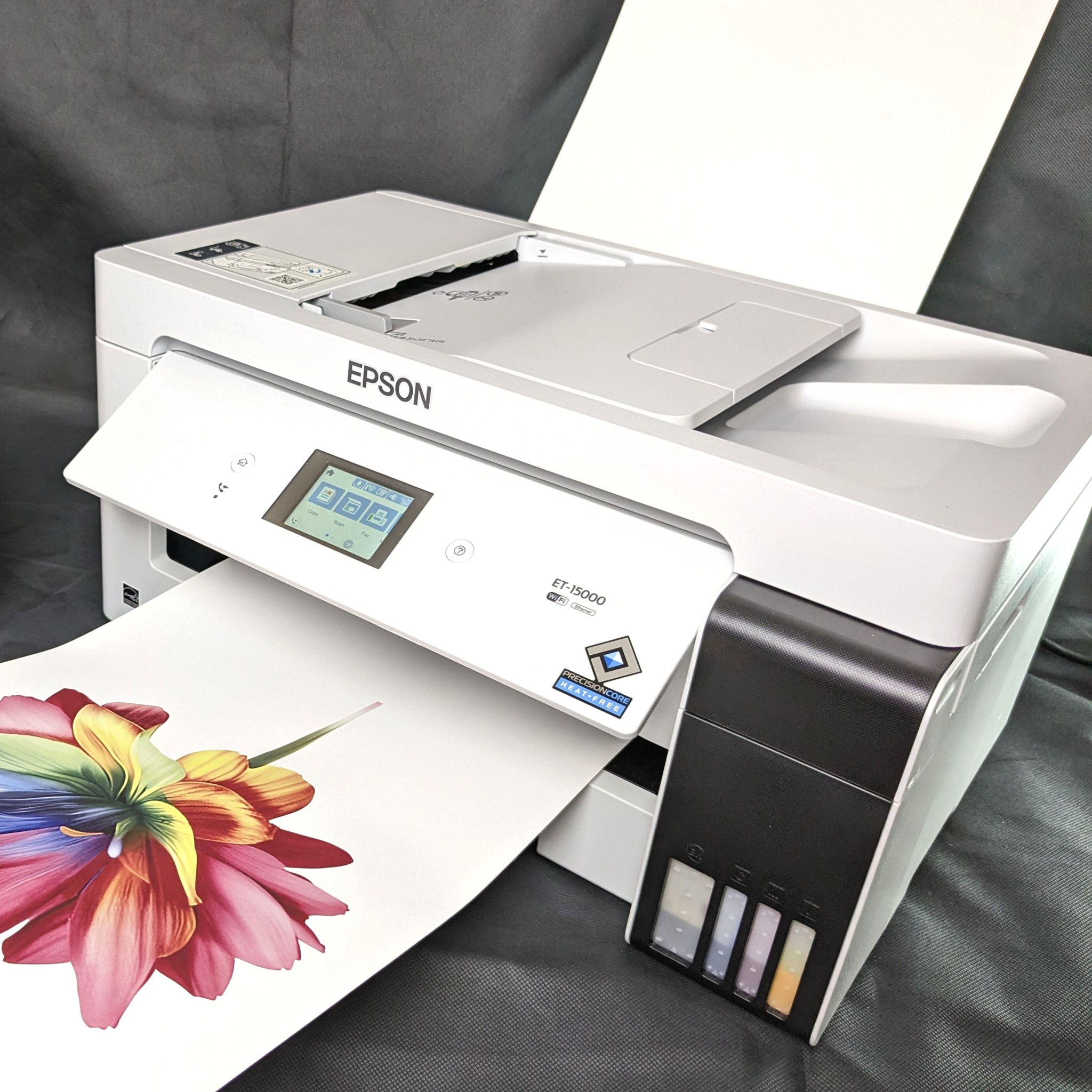A Comprehensive Overview to the Various Sorts Of Cloth Printing Strategies
Embarking on an exploration of fabric printing methods exposes a remarkable intersection of custom and advancement. Each technique, from the careful craftsmanship of block printing to the fast performance of screen printing, offers distinct functions and supplies distinct advantages. Digital printing's flexibility and ecological awareness stand in stark contrast to the swift modification of warm transfer printing. On the other hand, dye sublimation printing mesmerizes with its capability to generate vivid, long-lasting styles on synthetic materials. To genuinely grasp the nuances and possible applications of these diverse strategies, a much deeper investigation is important.
Block Printing
Block Printing, one of the oldest methods of fabric design, has a rich history that dates back to ancient people. The process includes sculpting intricate styles right into wood blocks, which are after that dipped in color and pressed onto material to develop patterns.
The accuracy and craftsmanship included in block printing make it a labor-intensive process, but it also permits a high level of personalization. Artisans can develop special patterns by integrating different blocks or differing the application of dye. This adaptability has contributed to the long-lasting popularity of block printing in both contemporary and typical fabric design.
Block printing is especially valued for its aesthetic top qualities, including the mild variations in pattern and shade that result from the hand-printing procedure. These flaws offer a special character to every item, differentiating it from mass-produced fabrics. In spite of advances in contemporary printing technologies, obstruct printing continues to be a treasured strategy, celebrated for its historic significance and creative worth.
Screen Printing
Screen printing, an additional noticeable fabric decoration method, has actually revolutionized the market with its performance and flexibility. This technique entails creating a pattern, recognized as a display, and utilizing it to apply layers of ink on the printing surface area. Each shade in the design calls for a different screen, which enables vibrant and complex multi-colored prints.

Among the key advantages of screen printing is its adaptability to different kinds of materials, consisting of cotton, polyester, and blends. This strategy is specifically ideal for large-volume orders as a result of its cost-effectiveness and rate. The sturdiness of the prints is one more considerable advantage, as the ink bonds well with the textile, making certain durable layouts that hold up against numerous cleans.
Once dried, the layout is transferred onto the emulsion-coated screen using a UV light resource. Ink is after that pushed through the pattern onto the textile utilizing a squeegee.
Screen printing is widely made use of in the fashion business, promotional items, and custom-made clothing. Its capability for high-grade, detailed prints safeguards its condition as a cornerstone strategy in textile printing.
Digital Printing
Digital printing has promptly become an advanced technique in the fabric industry, leveraging innovative innovation to produce high-resolution layouts directly onto textile. Unlike standard methods, electronic visit the website printing employs inkjet printers to down payment pigment or dye-based inks onto textiles, making it possible for lively and elaborate patterns with an impressive degree of information and color precision.
One of the main benefits of electronic printing is my link its flexibility. This technique permits for on-demand printing, which significantly decreases waste and lessens supply costs.
Furthermore, electronic printing is eco pleasant. heat transfer vinyl printing. It uses water-based inks and requires less water and energy contrasted to standard strategies, aligning with sustainable practices. The precision of digital printing likewise permits the usage of a broader variety of fabrics, including cotton, silk, polyester, and blends, guaranteeing adaptability throughout numerous applications
Warmth Transfer Printing
Exactly how does heat transfer printing change material design? Warmth transfer printing includes making use of warm and pressure to move a design from a particularly formulated paper onto textile.
One of the key advantages of warmth transfer printing is its capability to generate top notch, comprehensive photos rapidly and successfully. It is especially fit for little manufacturing runs and custom orders, making it a preferred choice for tailored apparel and marketing items. Furthermore, this strategy is versatile, fitting numerous kinds of materials consisting of cotton, polyester, and blends.
Moreover, warm transfer printing is reasonably affordable contrasted to various other methods, as it needs marginal arrangement and lower preliminary financial investment - sublimation printing. This price, coupled with its capability for generating vivid, resilient prints, highlights its crucial role in modern material layout

Dye Sublimation Printing
Dye sublimation printing, an innovative material printing technique, offers unparalleled vibrancy and long life for styles on various synthetic textiles. The printed transfer paper is then positioned on the material, and both are subjected to high heat and stress utilizing a heat press.
Among the crucial advantages of color sublimation printing is its capability to produce continuous-tone prints with vibrant shades and elaborate information. Unlike various other printing techniques, the dye enters into the textile instead than sitting on top of it, leading to a soft and breathable coating. This method is specifically efficient on polyester and various other synthetic products, making it a prominent selection for sportswear, banners, and home fabrics. Furthermore, color sublimation is eco-friendly, as it needs no water and generates very little waste, straightening with sustainable production practices.
Verdict
Block printing is admired for its artisanal high quality, while screen printing is helpful for high-volume manufacturing. Digital printing supplies convenience and ecological advantages, whereas warmth transfer printing is read more ideal for rapid customization.
Each technique, from the precise craftsmanship of block printing to the fast effectiveness of screen printing, serves distinct functions and provides unique benefits. Digital printing's adaptability and environmental consciousness stand in stark contrast to the swift customization of warmth transfer printing. Regardless of advances in modern printing technologies, block printing remains a cherished strategy, commemorated for its historic importance and creative value.
Dye sublimation printing, a sophisticated textile printing strategy, uses unrivaled vibrancy and durability for designs on numerous artificial textiles. Digital printing supplies adaptability and environmental benefits, whereas warmth transfer printing is suitable for fast customization.
Comments on “Exploring the Advantages of Sublimation Printing for High-Quality Fabrics”